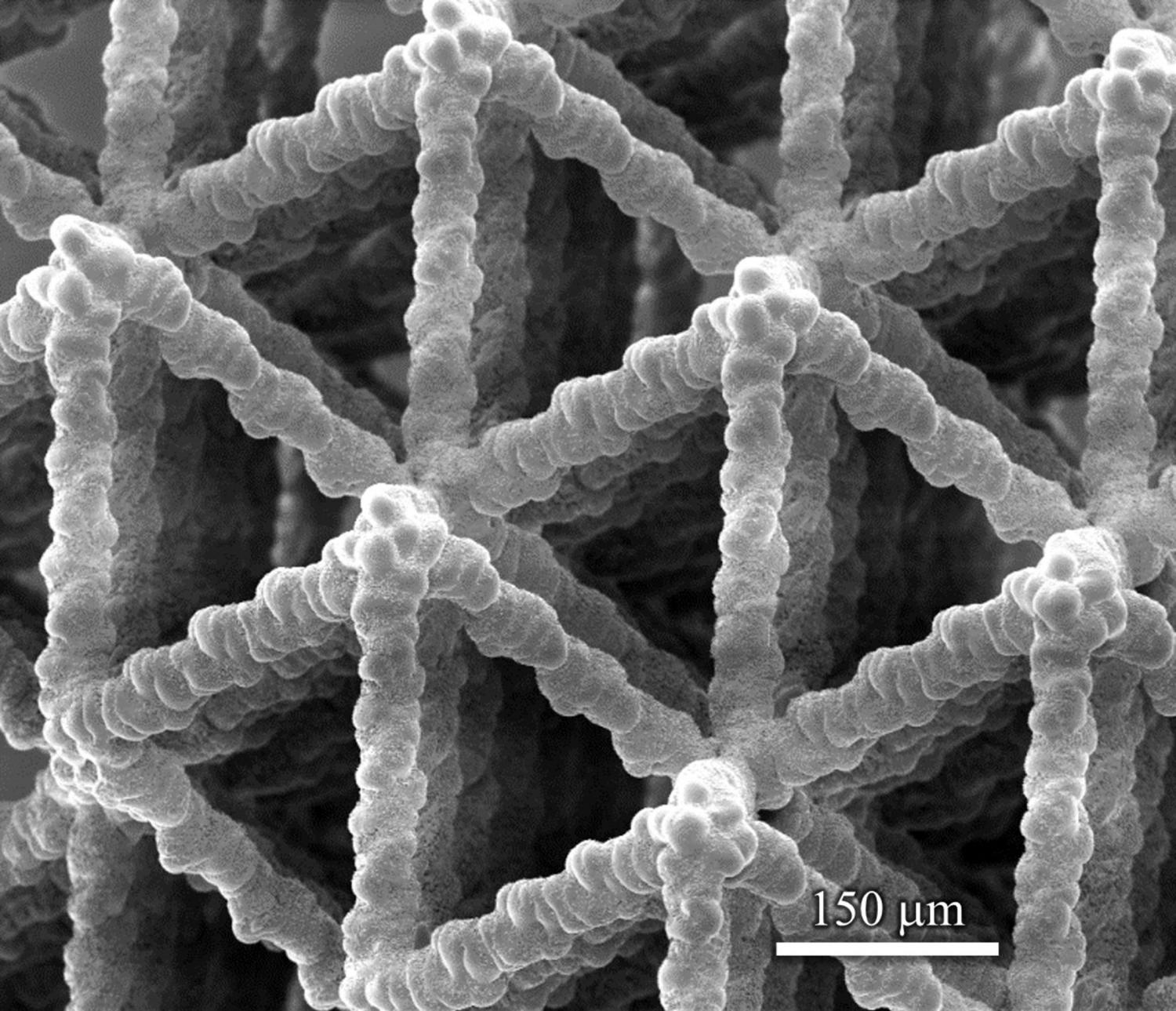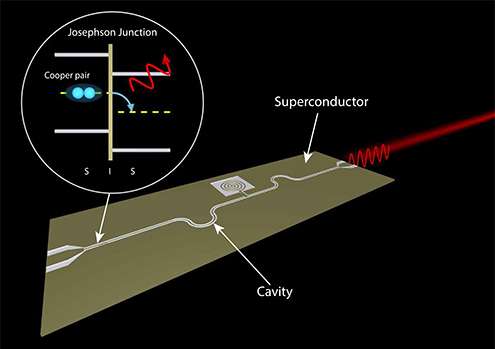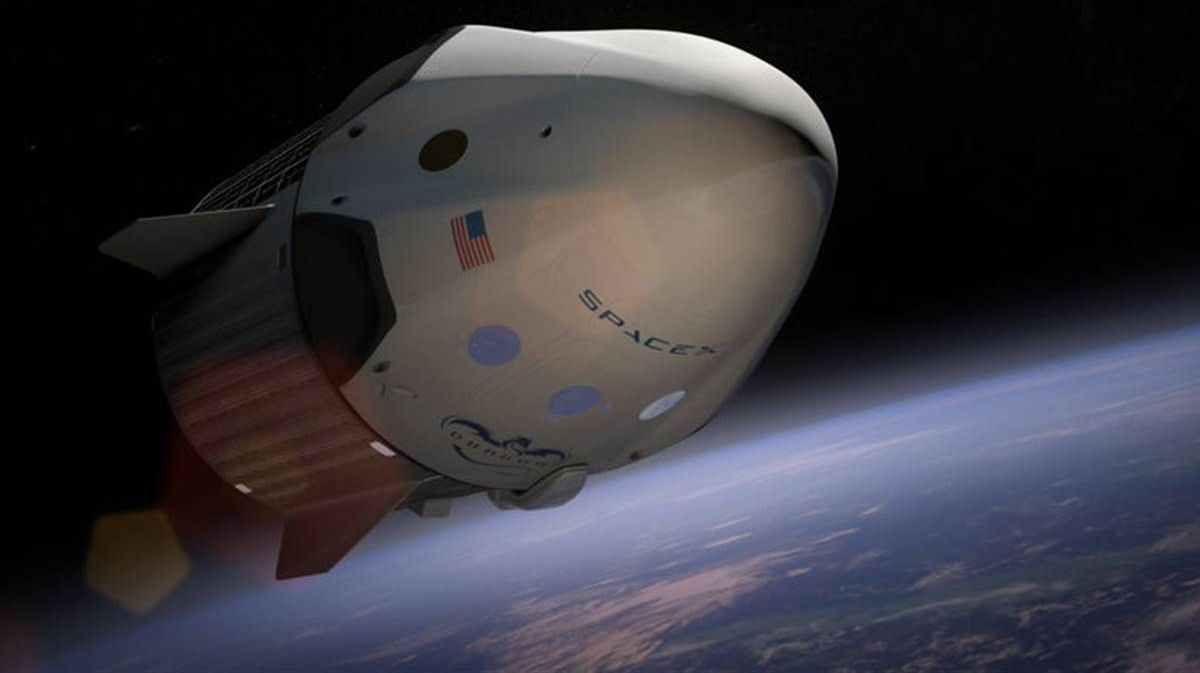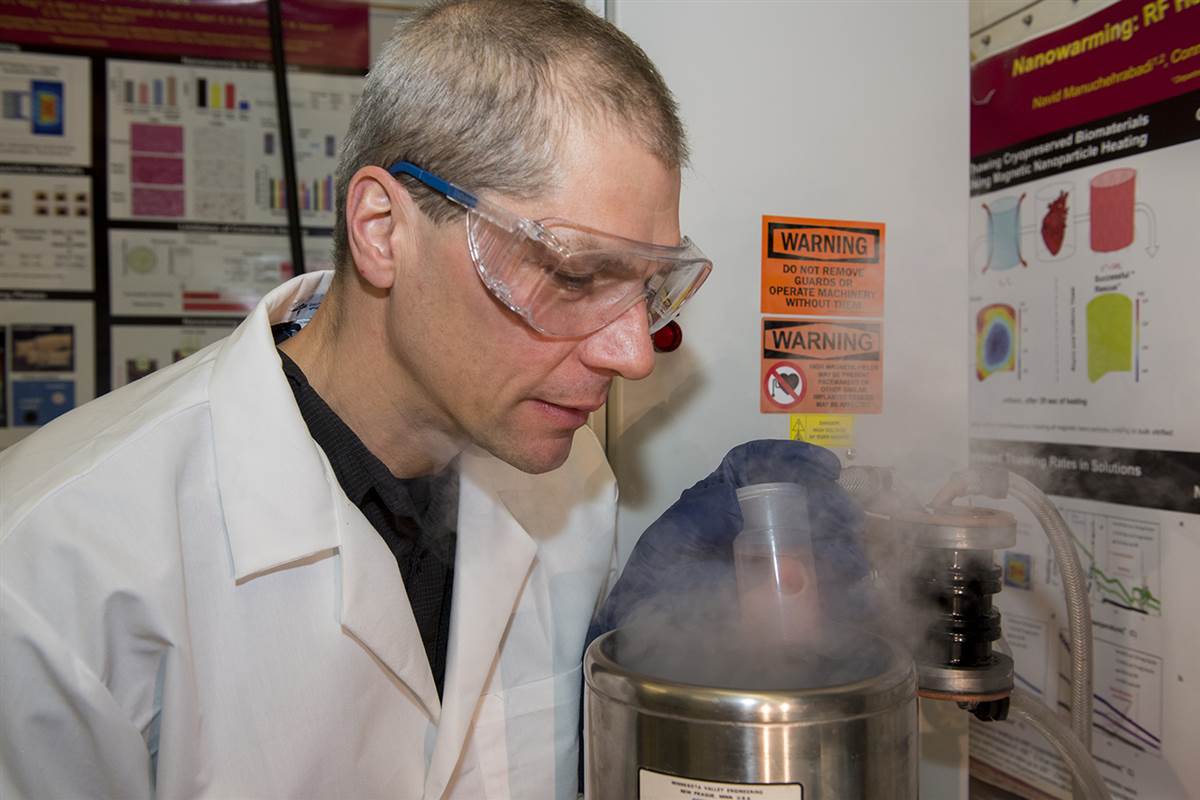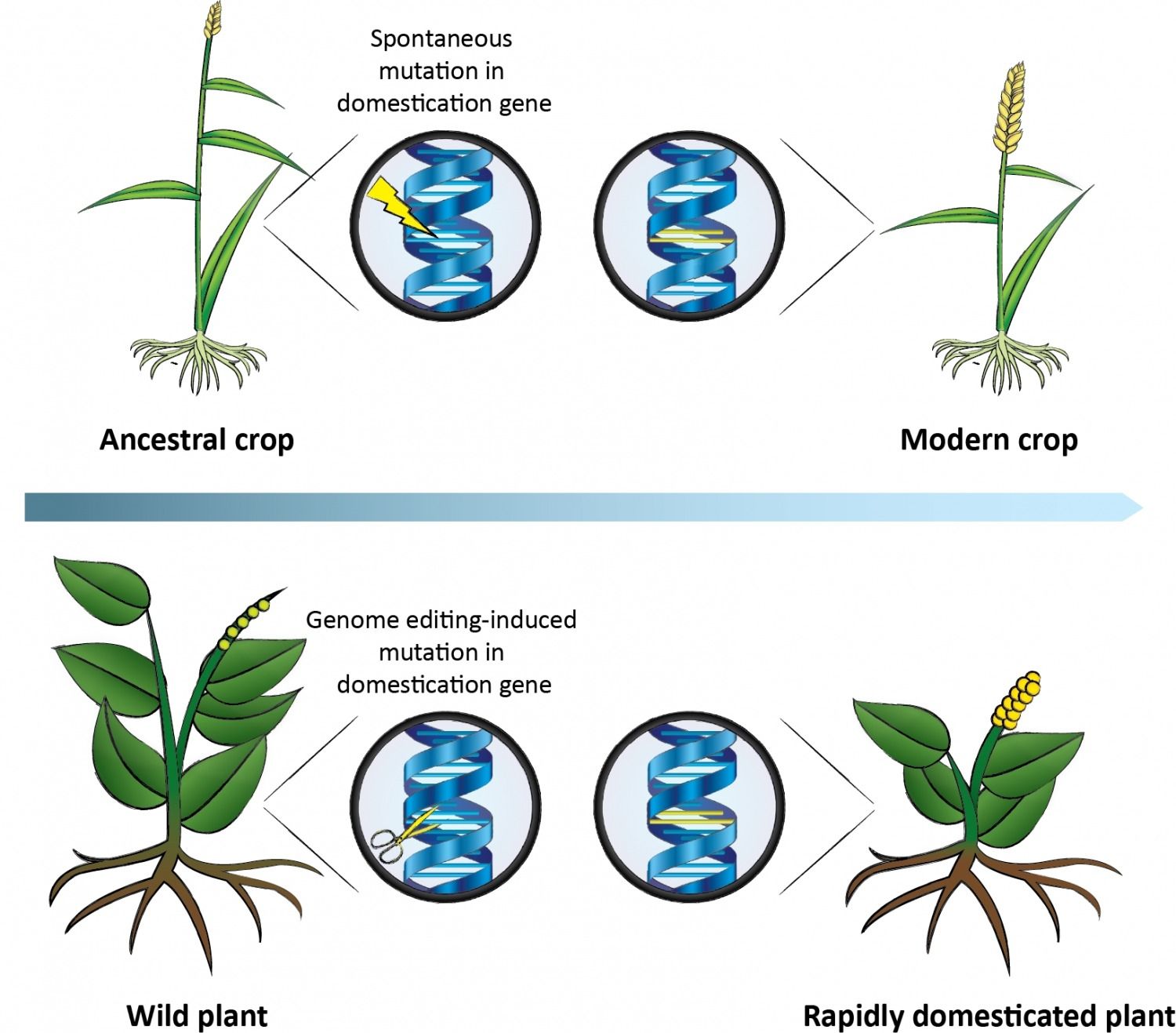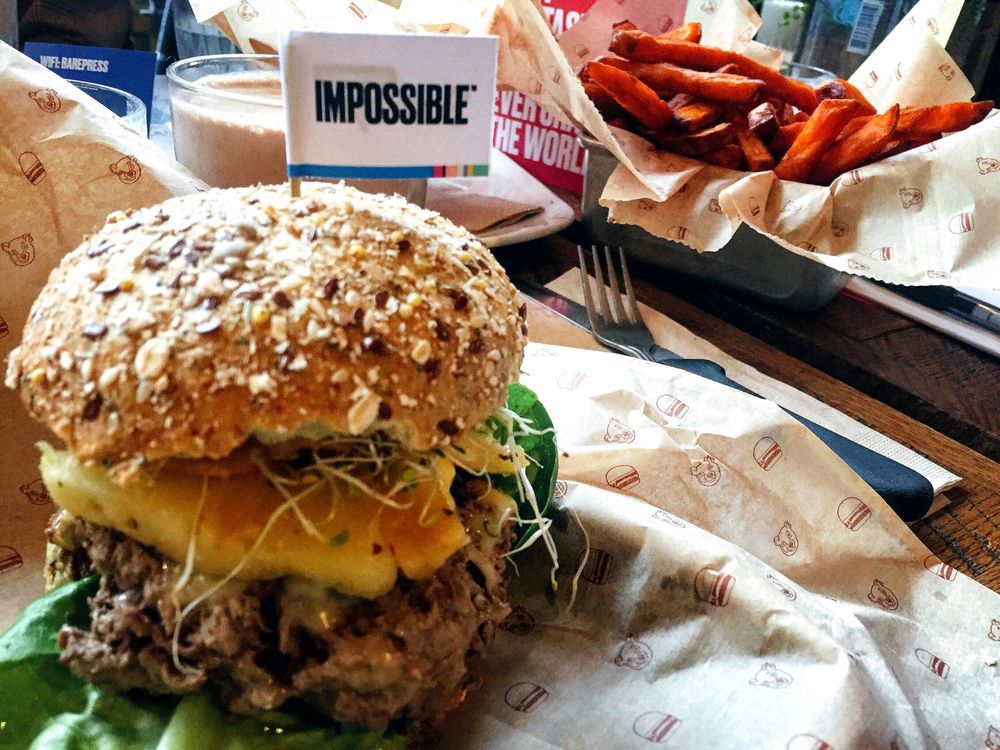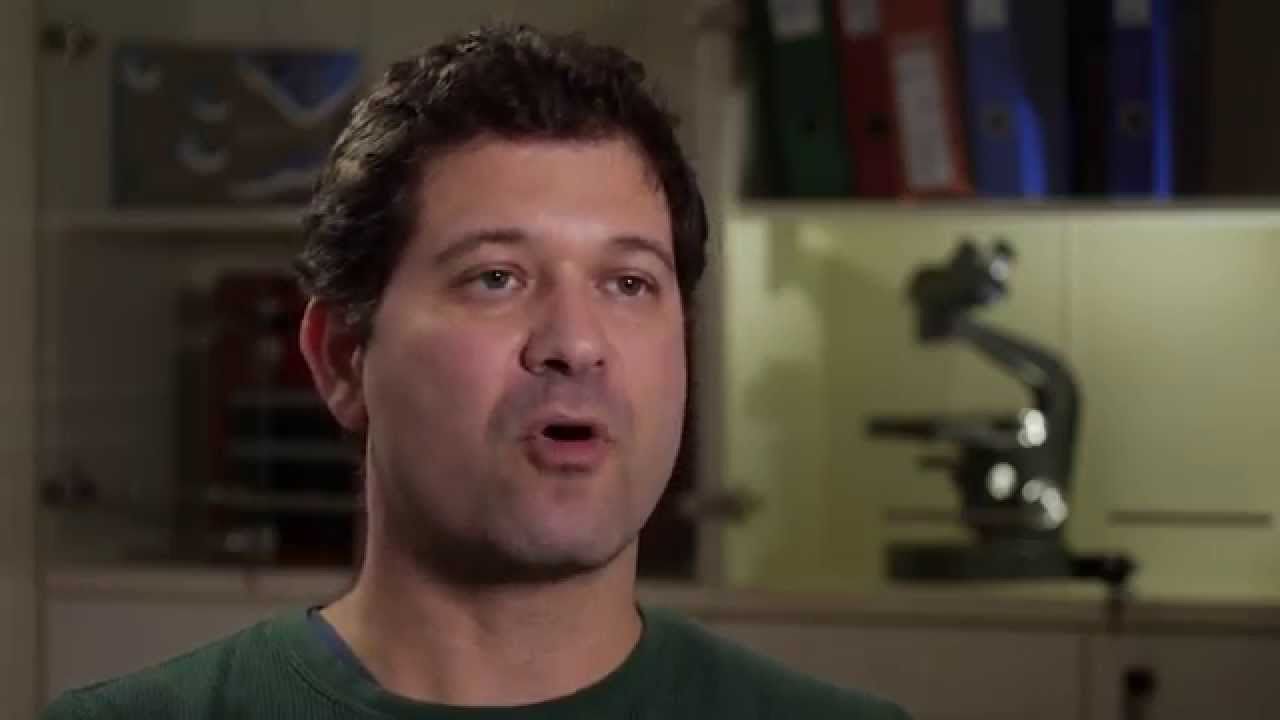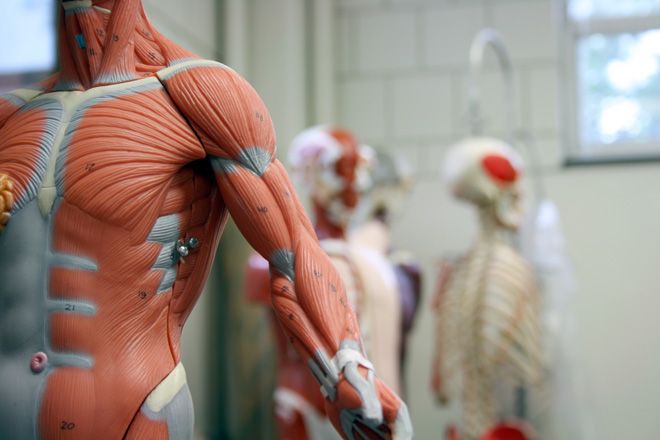Mar 3, 2017
Novel 3D manufacturing leads to highly complex, bio-like materials
Posted by Saúl Morales Rodriguéz in categories: engineering, nanotechnology
Washington State University researchers have developed a unique, 3D manufacturing method that for the first time rapidly creates and precisely controls a material’s architecture from the nanoscale to centimeters. The results closely mimic the intricate architecture of natural materials like wood and bone.
They report on their work in the journal Science Advances and have filed for a patent.
The work has many high-tech engineering applications.
Continue reading “Novel 3D manufacturing leads to highly complex, bio-like materials” »
